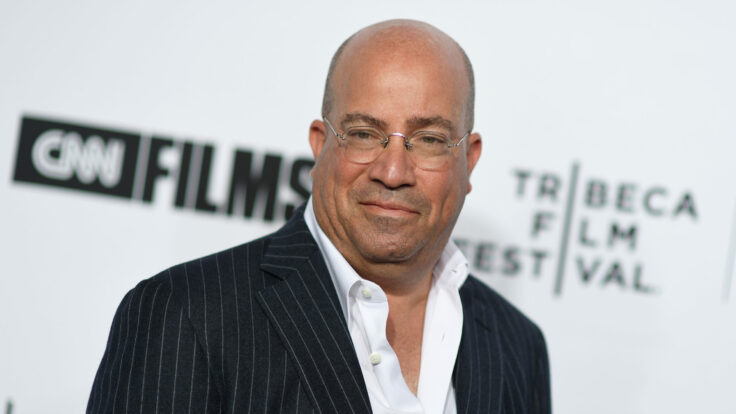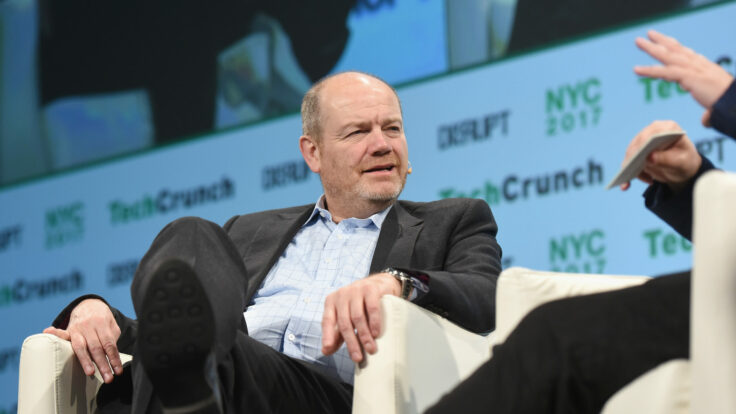Well, the Times is the Times. That’s the convenient tautology and rhetorical refrain that I’ve heard over the past decade from many talented and ambitious journalists as they explained why they chose, one after the other, to decamp from their respective alma maters—the Post, Politico, Bloomberg, Recode, and so on—to join the Gray Lady, often for a pay decrease, often to join up with their fiercest and most sharp-elbowed competitors, and yet always without a glimmer of a doubt. For generations of reporters, the Times has been the most revered and formidable news outlet in American journalism, offering a perch that conferred greater influence and authority on everyone deemed fit enough to appear in its pages. If the Times came calling, how on Earth could you say no?
The Times is the paper of record. But, in recent years, it has also become a very big and very successful business, transforming itself, under A.G. Sulzberger and its generationally talented C.E.O. Meredith Kopit Levien. Building on the turnaround effort spearheaded by former C.E.O. Mark Thompson, the executive team and masthead have turned a storied-but-beleaguered print paper with a reluctant digital presence into a robust, multi-platform profit machine with nearly 10+ million digital subscribers, 1,700 journalists, and dozens of new franchises and acquisitions—Wordle, The Athletic, Cooking, Wirecutter—that have become an essential daily habit for millions of readers. As the Times’ former media columnist Ben Smith noted last year, “the gulf between The Times and the rest of the industry is vast and keeps growing,” and the Times “so dominates the news business that it has absorbed many of the people who once threatened it.”

















